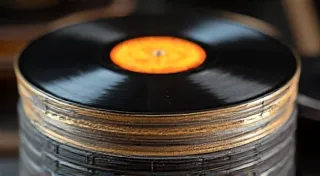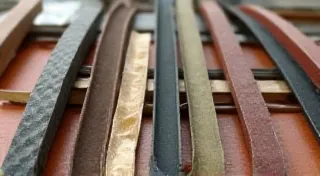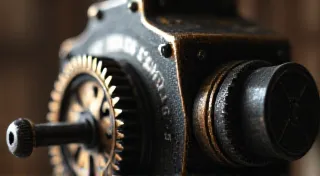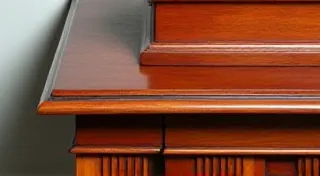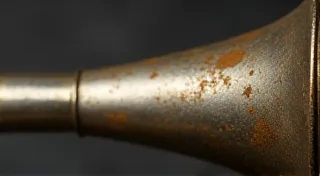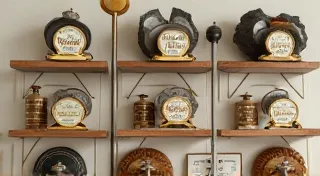Troubleshooting a Noisy Phonograph: Common Culprits and Solutions
A beloved antique phonograph, once a source of beautiful music, can become frustrating if it’s plagued by unwanted noises. Before you assume a major repair is needed, many common noises can be traced to relatively simple issues. This guide will help you identify the source of those noises and offers practical solutions for a more enjoyable listening experience.
Understanding Phonograph Noise - What's Normal?
First, it's important to understand that some level of noise is inherent in vintage phonographs. The mechanics are complex, and they're not designed for the silent perfection of modern audio equipment. Scratches on records, the subtle hum of the motor, and the gentle whir of the mechanism are all part of the character of these machines. However, excessively loud or unusual noises are signs of a problem that needs addressing.
Common Noise Culprits and Solutions
1. Record Condition
The most frequent source of noise is the record itself. Scratches, dust, and ingrained dirt significantly impact sound quality.
- Solution: Thoroughly clean your records using a dedicated record cleaning kit and microfiber cloths. Avoid abrasive cleaners. Regular cleaning prevents further degradation.
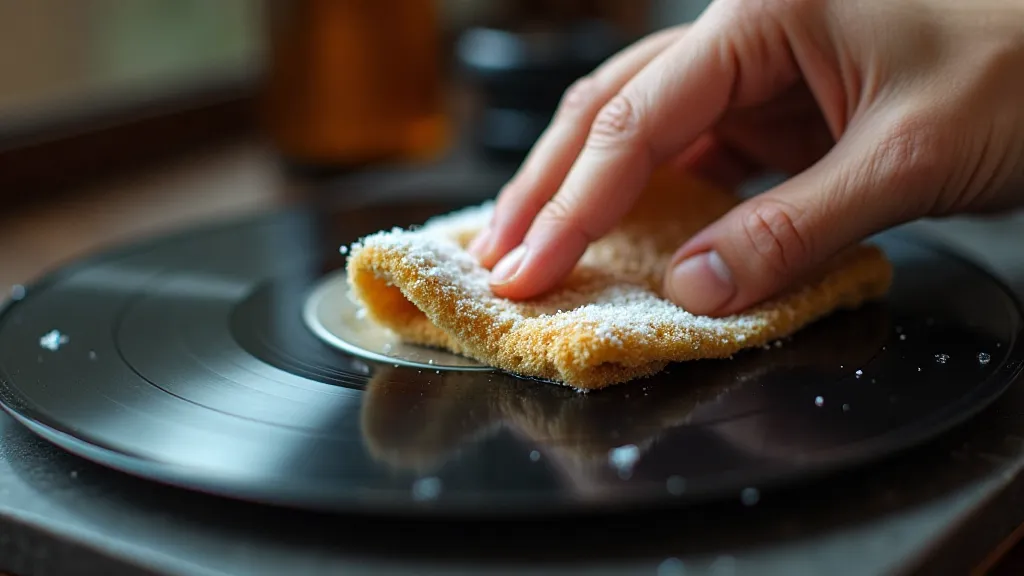
2. Stylus (Needle) Issues
A worn, dirty, or incorrectly installed stylus is a major contributor to noise. The stylus is the tiny diamond that vibrates to read the grooves of the record, and it's easily damaged.
- Solution: Inspect your stylus regularly under magnification. Replace it when necessary. Even a seemingly small amount of wear can drastically affect sound. Use a stylus cleaner brush before each play.
3. Drive Belt Problems (If Applicable)
Many phonographs, especially those from the mid-20th century, use a rubber drive belt to turn the platter. Over time, these belts can stretch, dry out, and crack, leading to slippage and noise.
- Solution: If you hear a slipping sound or the platter isn't rotating smoothly, replace the drive belt. Measure the old belt to ensure you get the correct size replacement.
4. Motor Noise
The motor that drives the turntable and the mechanism can generate noise, particularly if it's old and hasn't been lubricated.
- Solution: Apply a few drops of appropriate phonograph motor oil to the motor bearings. This often significantly reduces noise. Avoid using general-purpose lubricants, as they can damage the motor.
5. Escapement and Governor Noise
The escapement and governor are mechanical components that regulate the speed of the turntable. These parts can become noisy if they're dry or worn.
- Solution: Carefully lubricate the escapement and governor with a light phonograph oil. This often requires some disassembly, so proceed with caution or consult a repair manual.
6. Suspension Issues
Some phonographs have suspension systems designed to isolate the turntable from vibrations. If these components are worn or loose, they can transmit noise.
- Solution: Inspect the suspension springs and damping materials. Replace them if they're damaged or deteriorated.
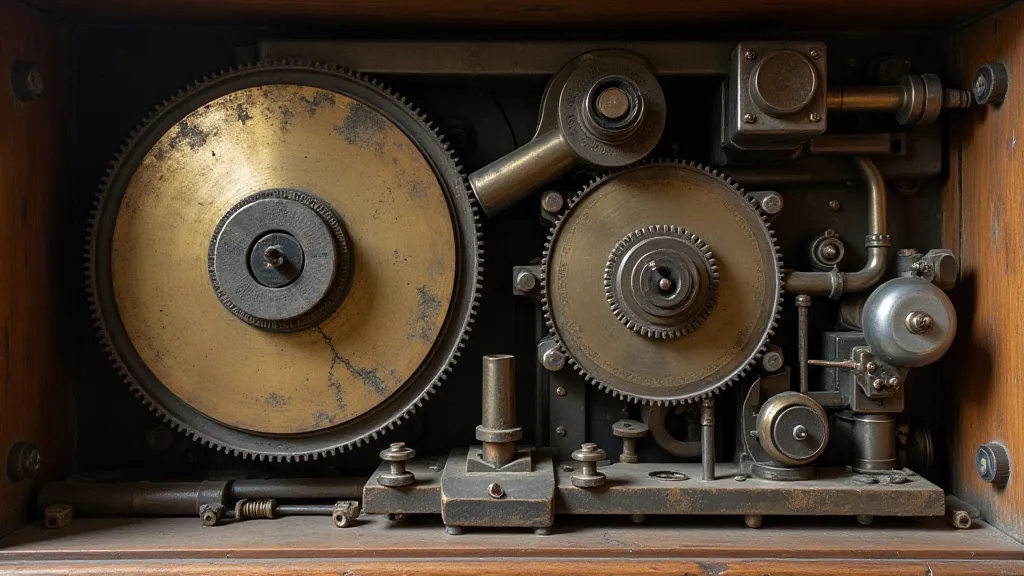
Important Considerations
Before attempting any repairs, take detailed photographs of the phonograph's components. This will help you reassemble everything correctly. If you're not comfortable performing these repairs yourself, consult a qualified phonograph repair technician. Forcing repairs can often cause more damage.
Preventative Maintenance
Regular cleaning and lubrication are key to keeping your antique phonograph in good working order. A little preventative maintenance can save you a lot of trouble (and expense) in the long run.
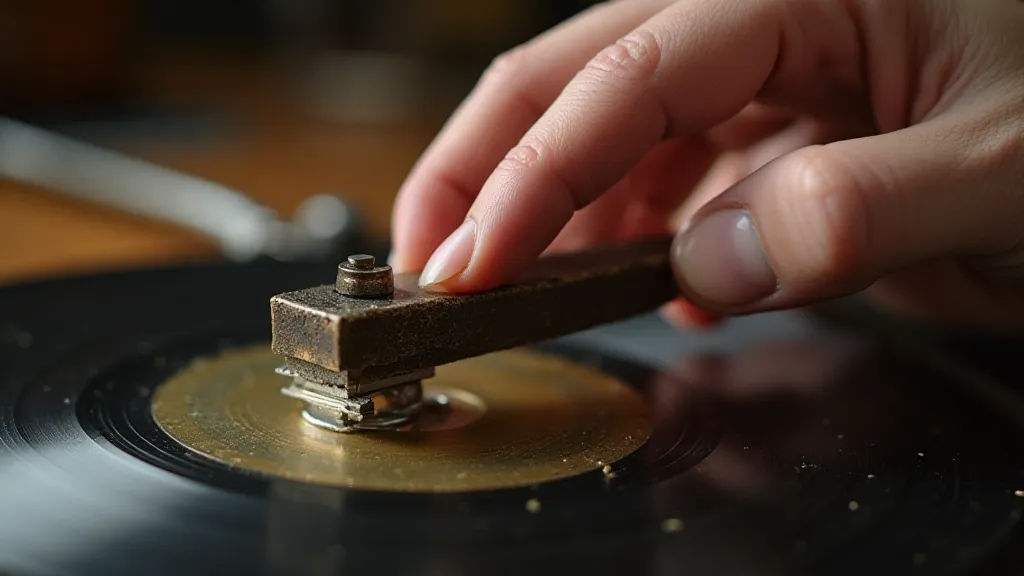
By systematically addressing these common noise culprits, you can significantly improve the listening experience and enjoy the timeless charm of your antique phonograph.
